-
Table of Contents
Identifying Authenticity: Key Factors to Look for in Collectibles Online
In today’s digital age, the internet has become a treasure trove for collectors seeking rare and valuable items. However, with the convenience of online shopping comes the risk of encountering fake collectibles. The world of online collectibles can be a minefield, with countless sellers claiming to offer authentic items. So, how can you spot the difference between a genuine collectible and a fake one? In this article, we will explore the key factors to look for when identifying the authenticity of collectibles online.
One of the first things to consider when assessing the authenticity of a collectible is the seller’s reputation. Reputable sellers often have a long history of positive feedback from satisfied customers. Before making a purchase, take the time to read reviews and check the seller’s rating. If the seller has a high rating and numerous positive reviews, it is likely that they are trustworthy. On the other hand, if the seller has a low rating or negative feedback, it may be a red flag indicating that their items are not genuine.
Another important factor to consider is the price of the collectible. If a deal seems too good to be true, it probably is. Authentic collectibles often come with a higher price tag due to their rarity and demand. If a seller is offering a collectible at a significantly lower price than its market value, it is likely a fake. Remember, counterfeiters often try to lure unsuspecting buyers with attractive prices, so be cautious and do your research before making a purchase.
Examining the item’s condition is also crucial in determining its authenticity. Genuine collectibles are often well-preserved and show signs of age and use. Look for any wear and tear, patina, or other signs of aging that would be expected in an authentic item. If the collectible appears brand new or in pristine condition, it may be a fake. Counterfeiters often try to pass off replicas as genuine items, so scrutinize the condition of the collectible closely.
Authenticity certificates and documentation are another important aspect to consider. Genuine collectibles often come with certificates of authenticity or other documentation that verifies their origin and provenance. These documents provide valuable information about the item’s history and can help establish its authenticity. If a seller cannot provide any documentation or is hesitant to do so, it may be a sign that the collectible is not genuine.
Lastly, it is essential to educate yourself about the specific collectible you are interested in. Research the item’s characteristics, markings, and other identifying features. Familiarize yourself with the details that distinguish genuine items from fakes. By becoming knowledgeable about the collectible, you will be better equipped to spot any discrepancies or inconsistencies that may indicate a fake.
In conclusion, identifying the authenticity of collectibles online requires careful consideration of several key factors. Assessing the seller’s reputation, examining the price and condition of the item, verifying the presence of authenticity certificates, and educating yourself about the collectible are all crucial steps in distinguishing between genuine and fake items. Remember, it is always better to be cautious and take the time to research before making a purchase. By following these guidelines, you can navigate the world of online collectibles with confidence and ensure that you are adding genuine treasures to your collection.
Red Flags to Watch Out for When Buying Collectibles Online
When it comes to buying collectibles online, it can be a daunting task to determine whether an item is genuine or fake. With the rise of online marketplaces and the ease of creating counterfeit products, it is important to be vigilant and know how to spot red flags. In this article, we will discuss some key indicators that can help you differentiate between real and fake collectibles.
One of the first red flags to watch out for is the price. If a collectible is being sold at an unusually low price, it should raise suspicions. Genuine collectibles often have a higher value due to their rarity and demand. Counterfeiters may try to lure buyers with attractive prices, but remember, if it seems too good to be true, it probably is.
Another red flag is the seller’s reputation. Before making a purchase, take the time to research the seller. Look for reviews and ratings from previous buyers. If the seller has a history of selling fake or counterfeit items, it is best to steer clear. Reputable sellers will have positive feedback and a track record of selling authentic collectibles.
Next, pay attention to the item’s description and photographs. Genuine sellers will provide detailed and accurate descriptions of their items. They will also include high-quality photographs that clearly show the item from different angles. If the description is vague or the photographs are blurry or low-resolution, it could be a sign that the seller is trying to hide something.
One important aspect to consider is the packaging. Authentic collectibles often come with specific packaging that includes logos, labels, and other identifying marks. Counterfeiters may try to replicate this packaging, but there are usually subtle differences that can be spotted upon closer inspection. Look for inconsistencies in the font, color, or overall quality of the packaging.
Additionally, be wary of sellers who refuse to provide additional information or answer questions about the item. Genuine sellers are usually more than happy to provide any necessary information to ensure the buyer’s confidence. If a seller is evasive or unresponsive, it could be a sign that they are trying to hide something.
Lastly, trust your instincts. If something feels off or doesn’t seem right, it is best to trust your gut and walk away. It is better to miss out on a potential purchase than to end up with a fake collectible.
In conclusion, spotting fake collectibles online requires a keen eye and attention to detail. Red flags to watch out for include unusually low prices, sellers with a questionable reputation, vague descriptions and low-quality photographs, inconsistencies in packaging, unresponsive sellers, and a general feeling of unease. By being vigilant and following these guidelines, you can increase your chances of buying genuine collectibles online. Remember, it is always better to be safe than sorry when it comes to investing in valuable items.
Expert Tips for Verifying the Authenticity of Collectibles Purchased Online
In today’s digital age, the internet has become a treasure trove for collectors seeking rare and valuable items. With just a few clicks, collectors can browse through countless online marketplaces and auction sites to find that elusive piece they’ve been searching for. However, with the convenience of online shopping comes the risk of encountering fake collectibles. The internet is rife with counterfeit items, and it can be challenging to distinguish between the real deal and a cleverly crafted replica. To help collectors navigate this minefield, we have compiled a list of expert tips for verifying the authenticity of collectibles purchased online.
First and foremost, it is crucial to do your research before making any purchase. Familiarize yourself with the item you are interested in, including its history, production methods, and any distinguishing features. This knowledge will serve as your foundation for spotting fakes. Look for reputable sources such as books, articles, and online forums dedicated to the specific collectible you are interested in. These resources can provide valuable insights into the characteristics that make an item genuine.
Once you have a solid understanding of the collectible, it’s time to put your knowledge to the test. When browsing online listings, pay close attention to the item’s description and photographs. Genuine sellers will often provide detailed information about the item’s provenance, condition, and any accompanying certificates of authenticity. If the description is vague or lacks essential details, it could be a red flag indicating a potential fake.
Photographs are equally important when assessing the authenticity of an item. Look for clear, high-resolution images that showcase the collectible from various angles. Pay attention to any distinguishing marks, signatures, or serial numbers that should be present on the genuine item. If the photographs are blurry or only show the item from a single angle, it may be a sign that the seller is trying to hide something.
Another valuable tip is to examine the seller’s reputation and feedback. Reputable online marketplaces often have a rating system that allows buyers to leave feedback about their experience with a particular seller. Take the time to read through these reviews, paying attention to any negative comments or complaints about counterfeit items. Additionally, look for sellers who specialize in the specific collectible you are interested in. These sellers are more likely to have the knowledge and expertise to authenticate the items they are selling.
If you are still unsure about the authenticity of a collectible, consider seeking the opinion of an expert. Many online marketplaces offer authentication services or have forums where collectors can seek advice from knowledgeable individuals. These experts can provide valuable insights and help you make an informed decision before making a purchase.
Lastly, trust your instincts. If something feels off or too good to be true, it probably is. Counterfeiters are becoming increasingly sophisticated, and it can be challenging to spot fakes. If you have any doubts about a particular item or seller, it’s best to err on the side of caution and walk away.
In conclusion, purchasing collectibles online can be a thrilling experience, but it’s essential to be vigilant and take steps to verify the authenticity of the items you are interested in. By doing your research, examining photographs and descriptions, checking the seller’s reputation, seeking expert opinions, and trusting your instincts, you can minimize the risk of falling victim to counterfeit collectibles. Remember, knowledge is power, and armed with the right information, you can confidently navigate the online marketplace and add genuine treasures to your collection.

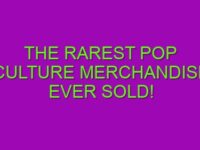
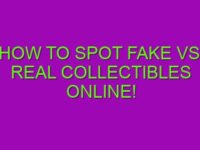
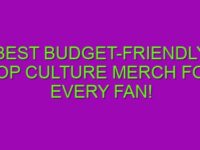




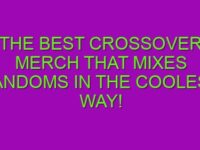

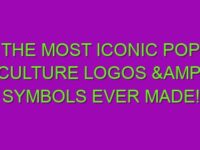
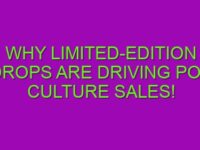
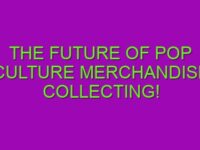

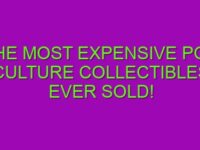


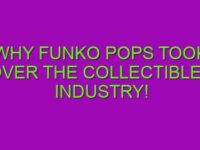
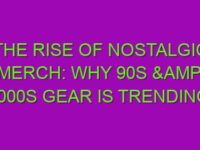
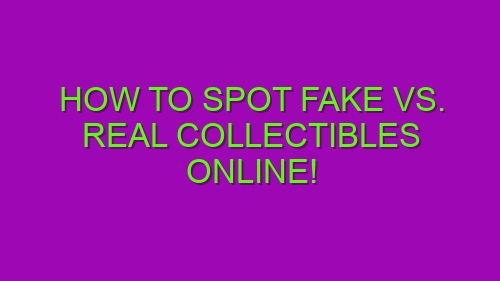
0 Comments